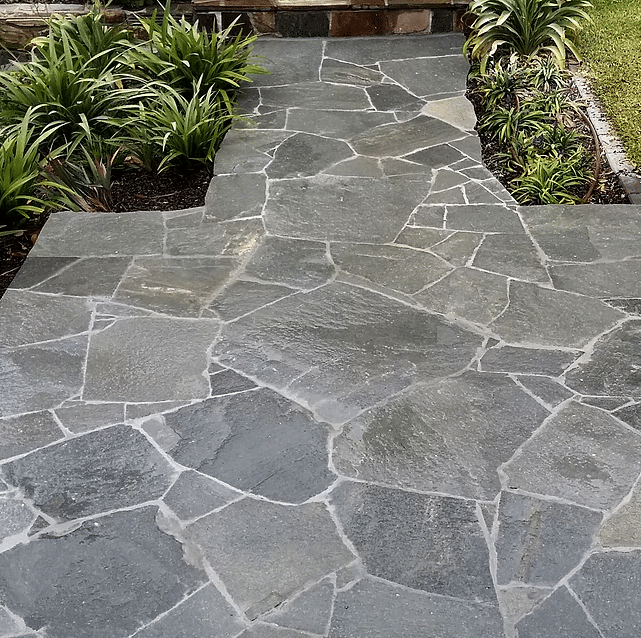Search for topics or resources
Enter your search below and hit enter or click the search icon.

Let us start with the base. If you choose to use compacted crushed rock over which you add a little sand, level it and then place the pavers on it, you must use pavers that are 40mm thick and above.
This method is more economical and quicker to lay. It is also easier to repair if anything goes wrong. They are also permeable, meaning rain water will travel between the gaps and this is a good thing in most cases. The paver that is usually used is a concrete manufactured paver. So what are the down sides of this? Weeds can grow between the gaps; it is more prone to movement and need of repair; appearance is not as aesthetic; choice of paver is more limited. Okay, so your other option is to use a concrete base. The pros are: any paver can be laid; grouting means no weeds; looks superior; solid; guide water run off as you like; and more. The cons: more expensive; need better skilled paver; needs better drainage; takes more time to lay.
Next we look at natural or not. Over the past few years the natural pavers have come way down in price and are similar to concrete pavers, opening up the decision on what to choose. First of all it comes down to what you like. After that, things to look at: natural will not fade; natural are varied in pattern and can look busier. It really comes down to what you like the look of in most cases.